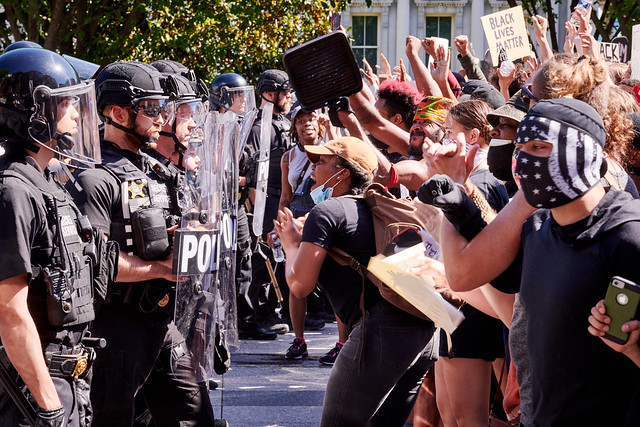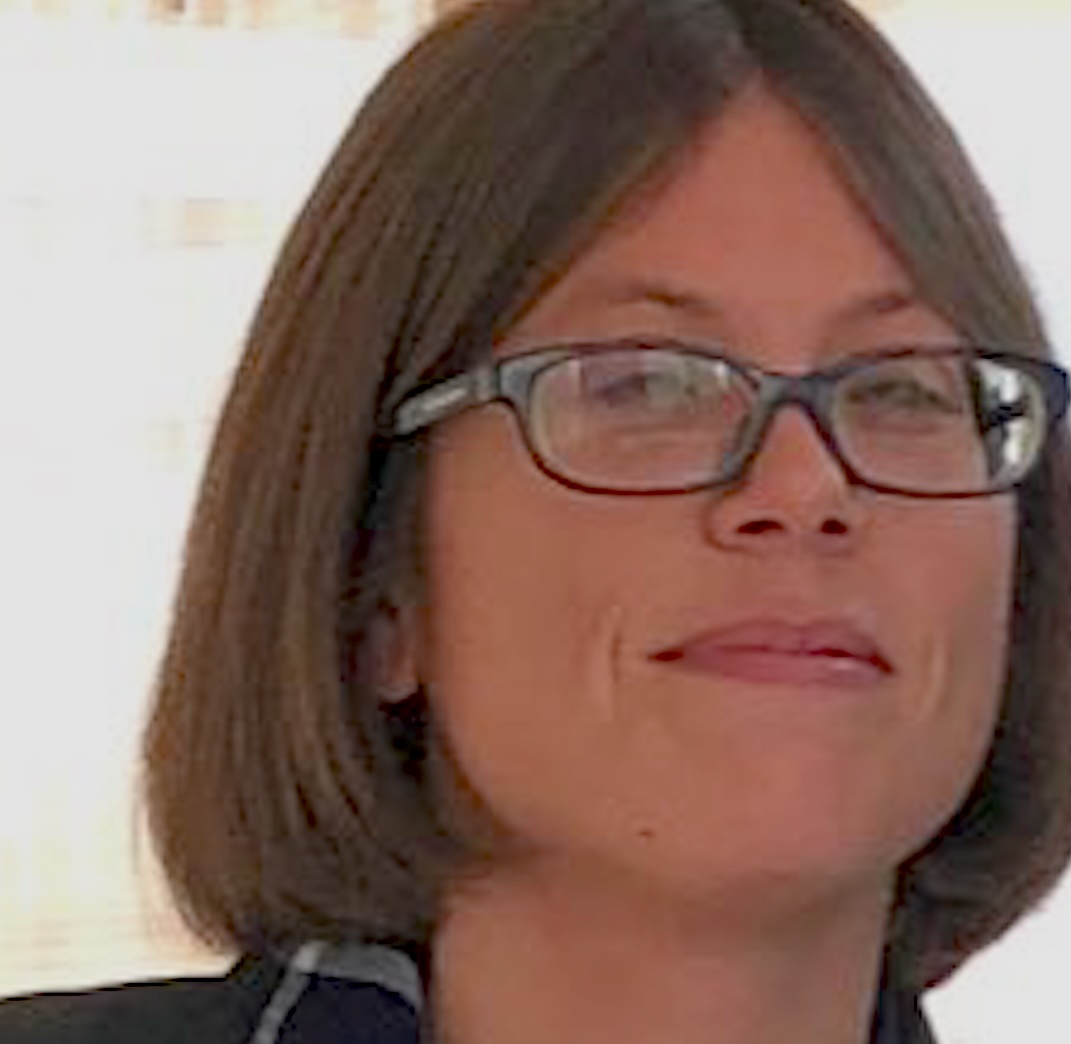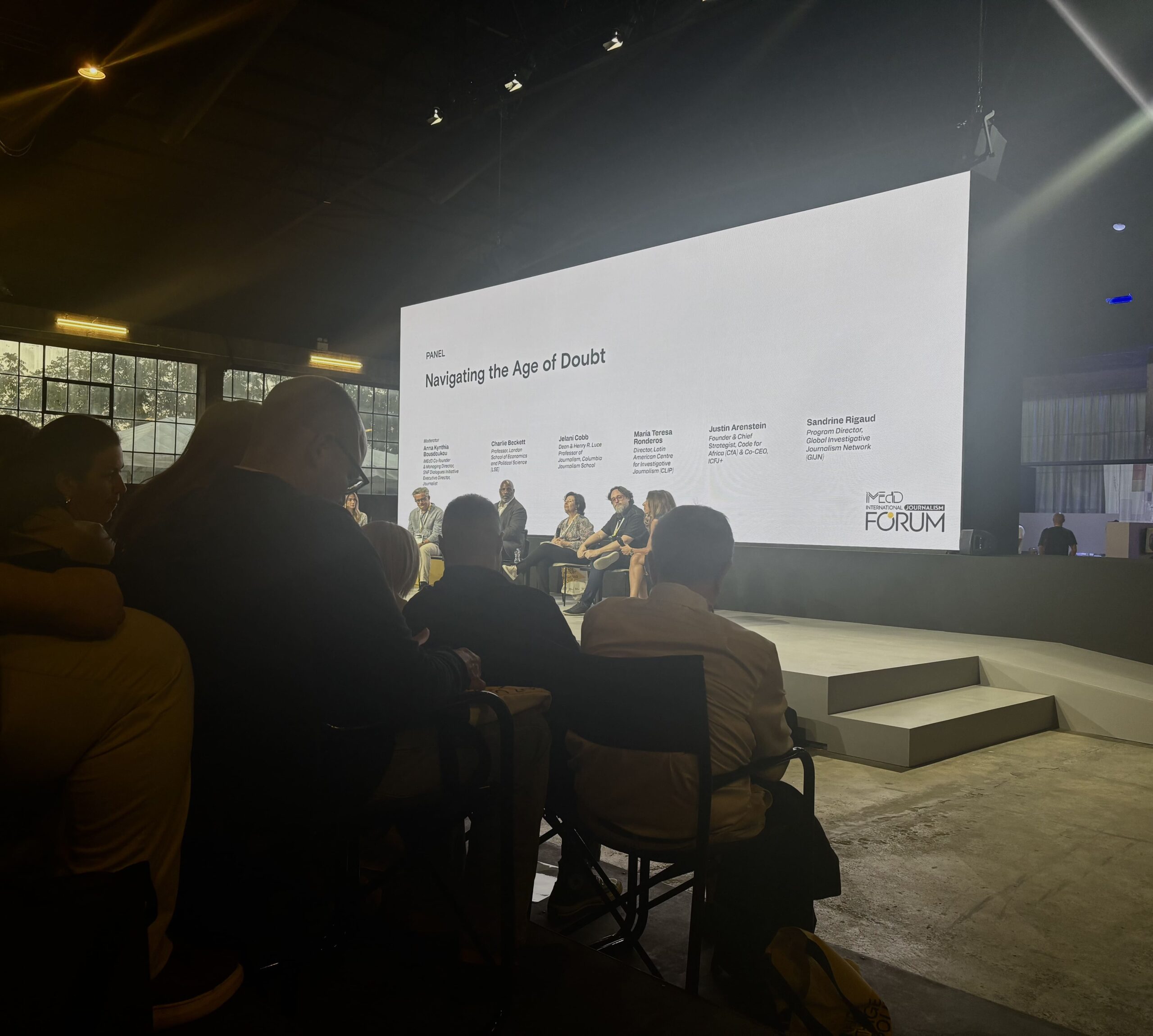The summer of 2020 was traumatizing for many Black people in America. The police killing of George Floyd, which was captured on video by a bystander and shared over social media, led to outrage across the nation, resulting in thousands of Americans across the country and abroad to protest against the police brutality.
Not surprisingly, there was a lot of media coverage looking at virtually every angle. One such article, “Minneapolis Police, Long Accused of Racism, Face Wrath of Wounded City”, was published in the New York Times on May 27, 2020, and it focused on the Minneapolis Police Department’s damaged relationship with the Black community of that city.
The article details how though Minneapolis doesn’t have a huge population of black people, they are still more encounters with police officers than white residents. “African-Americans account for about 20 percent of the city’s population, but they are more likely to be pulled over, arrested and have force used against them than white residents, Police Department data shows. And black people accounted for more than 60 percent of the victims in Minneapolis police shootings from late 2009 through May 2019, data shows.”
The Times’ article shares valuable information such as the current chief of police in Minneapolis was suing his own department for tolerating racist behavior, and noting how he wants to rebuild the relationship between the police and the Black community.
While the piece is informative, it falls short of the consideration as valuable work of journalism because it doesn’t properly highlight the reasons people were protesting, nor does it effectively illustrate the challenges that the victims of police brutality and racism confront on an almost daily basis.
It also addressed how former officer Derek Chauvin, who kneeled on the neck of George Floyd while arresting him, killing him in the process, had a history of complaints against him.
It relates several other encounters he had with other Black residents while on the job. This helps show that his treatment of Floyd wasn’t an isolated incident. Still, the article missed the mark.
Here is why: It shifted focus from why people were protesting to what happened during the protests. The excerpt “Images on television and social media revealed at least one business, an auto parts store, on fire and people carrying goods out of a store that had been vandalized,” was included while talking about the second night of protests. This gives readers the impression that those protesting were the same people who damaged businesses, which simply isn’t true. USA Today wrote an article on June 15, 2020, about criminals taking advantage of the Black Lives Matter protests for their personal gain.
Second, reporters also gave police officials more of a platform to speak than they did Black residents. The first half of the article is dominated by police official comments, Derek Chauvin, and accounts of the protests; however black resident quotes aren’t seen until the second half of the writing. The article has a total of 1908 words and 939 of those words are used to show the police perspective.
Using the “find” option on the webpage, the word police was used 41 times, the word black was used 15 times, the word protest was used 12 times and the word protesters was used only 3 times. The Voyant Tools software, an analysis program that scans articles to see what are the common words and themes within each story, found that overall the words police and officer were used 58 times in the article while the word black was used only 14 times.
Additionally, there were 12 sentences mentioning the word police before there was a direct quote from someone advocating against police brutality. The coverage of this article was heavily skewed towards showcasing police officers than it was about black residents in the city or protesters, according to the number of police references.
There is no guarantee that a reader will make it to the second half of the article to see these quotes so there is a high chance a lot of readers had a misunderstanding of what this article focused on. I would have put more of the accounts from black residents near the top because of its importance if I was the reporter here. Try to avoid this type of analysis, instead get a 3rd party source to bolster your claims.
If I were the reporter assigned this article, I would have focused on Black residents and how they have suffered from police departmental failures, I would have included more quotes from them as well as community leaders who are trying to fix this issue, and I would have talked to the police chief about why he decided to sue the department. I also would have included more information regarding Floyd towards the top. I would have focused more on the human element of this story and formatted it differently.


